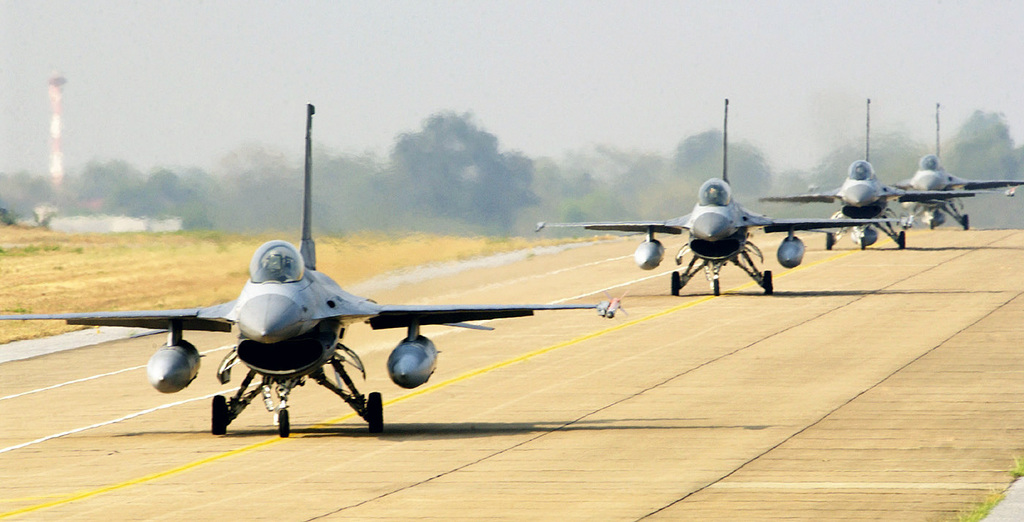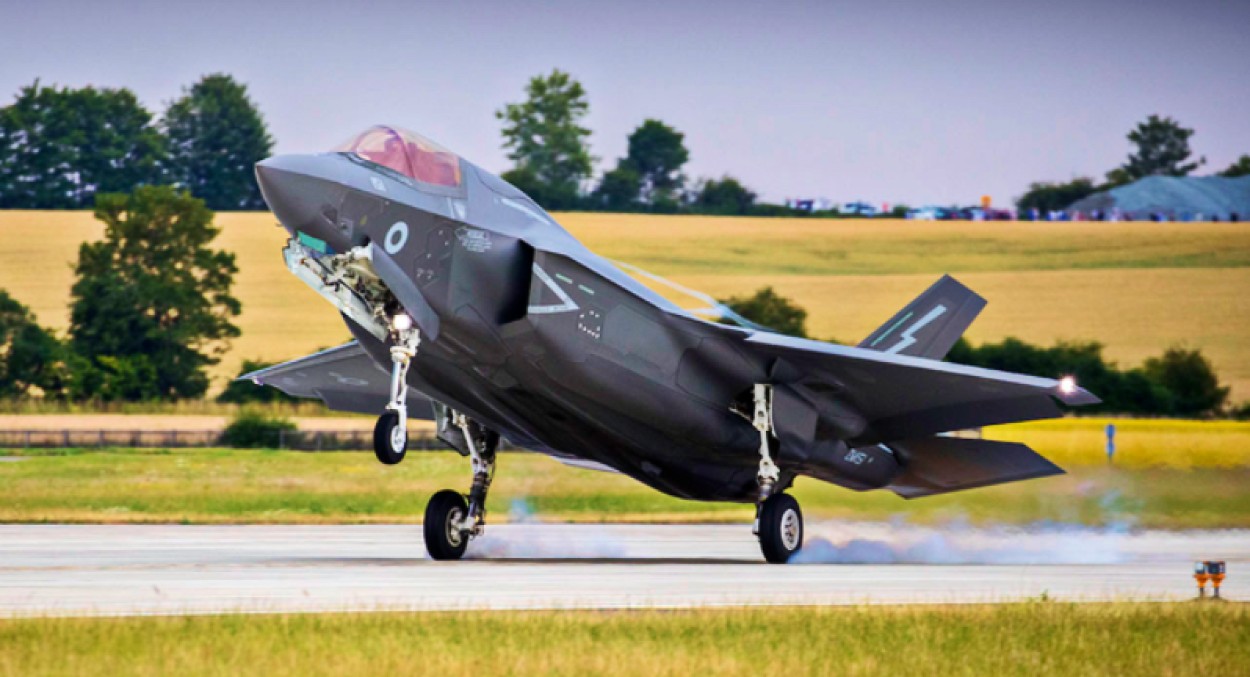The Republic of Singapore Air Force (RSAF) has revealed that the crash of a Lockheed Martin F-16 fighter on May 8 was caused by a rare simultaneous failure of the aircraft’s gyroscopes, according to a statement released by the Singapore Ministry of Defence (MINDEF) on May 18.
The F-16 crashed shortly after taking off from Tengah Air Base during what was intended to be a routine training flight. A joint investigation conducted by the RSAF and Lockheed Martin pinpointed the failure of the pitch rate gyroscopes as the root cause of the accident.
“The flight data recorder recovered from the crashed F-16 showed that its pitch rate gyroscopes gave erroneous inputs to the flight control computer (FLCC),” stated MINDEF. “This led to the pilot being unable to control the plane at take-off.”
Pitch rate gyroscopes are crucial for providing elevation and nose pitch data to the FLCC. The F-16 is equipped with four such gyroscopes, and simultaneous failure of these devices is highly unusual.
However, in the recent F-16 crash, such malfunction resulted in the flight control system receiving faulty pitch information immediately after take-off, leading to a loss of control.

The pilot, who has over 2,000 flying hours on the F-16, encountered flight control issues upon lifting off the runway. Fortunately, the pilot managed to eject safely, but the incident marked Singapore’s first fighter jet loss in two decades.
Lockheed Martin has indicated that there are no existing maintenance requirements for the F-16’s pitch rate gyroscopes, prompting further investigations to determine any specific causes related to the crash.
The RSAF plans to resume flying operations, ensuring that the jets’ pitch rate gyroscopes are thoroughly checked and cleared before any flights. The recent crash has significantly shocked the RSAF, given its exemplary safety history.
The last crash occurred 20 years ago in May 2004, when an RSAF F-16C went down during a night training mission in Arizona, resulting in the death of the 25-year-old pilot due to human factors, including possible gravity-induced loss of consciousness or spatial disorientation.
MINDEF’s ongoing investigations and the implementation of additional safety checks aim to prevent any recurrence of such rare mechanical failures.
Singapore’s F-16 Fleet
For decades, the F-16 has stood as the backbone of the Republic of Singapore Air Force (RSAF), symbolizing the nation’s commitment to aerial superiority and defense readiness.
The RSAF’s tryst with the F-16 began in 1988 under the Peace Carvin program when the US government agreed to provide Singapore with an initial batch of eight F-16A/B aircraft. These machines replaced the aging Hawker Hunter fleet, marking the dawn of a new era in Singapore’s aerial capabilities.
Building upon this foundation, Singapore expanded its F-16 fleet in 1994 by acquiring 18 F-16C/Ds, cementing its position as a regional leader in airpower.
Described as “among the most sophisticated and advanced multi-role fighters in the world” by the Ministry of Defence (MINDEF), these aircraft were chosen to meet Singapore’s defense needs while ensuring cost-effectiveness and operational efficiency.
Singapore’s commitment to enhancing its F-16 fleet has not waned over the years. In 2015, the US State Department approved a significant upgrade package for Singapore’s F-16s, aimed at bolstering their capabilities and extending their operational lifespan.

With upgrades including installing state-of-the-art Active Electronically Scanned Array Radars and advanced air-to-air missiles, the RSAF’s F-16s underwent a remarkable transformation, equipping them to tackle emerging threats with unparalleled precision and lethality.
Former Chief of Air Force, Major-General Kelvin Khong, highlighted the strategic importance of these upgrades, emphasizing their role in keeping the F-16 fleet operationally ready well into the mid-2030s.
The infusion of cutting-edge technologies, such as Link-16 datalink capability, further augmented the F-16s’ ability to exchange critical information in real-time. This enhanced coordination and situational awareness in high-stakes combat scenarios.

However, the country is also advancing its military capabilities by introducing more next-generation F-35B fighter jets, slated to eventually replace the aging F-16 fleet. In February, Singapore unveiled intentions to acquire eight F-35A jets, supplementing its earlier order of 12 F-35 jets of the “B” variant.
Nevertheless, the Republic of Singapore Air Force (RSAF) remains dedicated to optimizing the operational longevity of its existing assets. Major-General Khong emphasized that the F-16s would remain in service for “at least another decade.”
- Contact the author at ashishmichel(at)gmail.com
- Follow EurAsian Times on Google News




